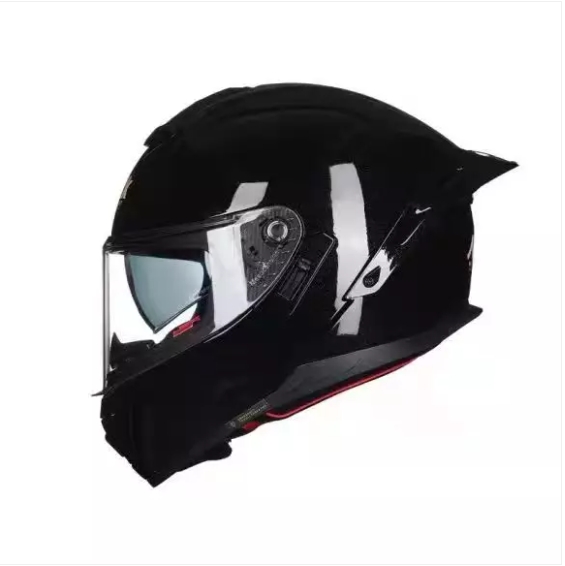Advantages of Carbon Fiber Motorcycle Helmets
In the realm of carbon fiber motorcycle helmets, BasaltMS Solutions is not just a leading manufacturer but also a pioneer driving industry advancements. The introduction of carbon fiber materials has not only enhanced the overall performance of helmets but also brought numerous significant benefits to riders.
Since the emergence of helmet technology in the 1930s, significant advancements have reshaped the landscape of motorcycle safety gear. However, it was not until the mid-1950s that the advent of carbon fiber technology marked a crucial milestone in helmet manufacturing. Initially facing challenges and inefficiencies, carbon fiber has now evolved into one of the most widely used and strongest fibers in today's motorcycle helmets.
The superiority of carbon fiber lies in its atomic structure. Each fiber, with a diameter of only 5 micrometers, primarily consists of carbon atoms arranged in crystals parallel to its axis. Bundling thousands of these fibers together forms large blocks of material, which are then woven into fabric and combined with resin to create carbon fiber reinforced polymers—a marvel of strength and lightweight properties.
Once applied to motorcycle helmets, carbon fiber technology brings unparalleled benefits:
Strength
Carbon fiber motorcycle helmets exceed other materials in strength, especially when combined with materials like Kevlar to enhance shell integrity. During impacts, they evenly distribute forces, reducing concentration in specific impact areas.
Durability
These helmets exhibit exceptional durability, resisting scratches and cracks better than fiberglass alternatives. Despite their excellent strength, they remain remarkably lightweight, reducing the burden on riders.
Weather Adaptability
Carbon fiber helmets are highly suitable for various weather conditions, often equipped with breathable vents for hot weather. They also feature anti-fog systems on visors, providing better visibility for riders in cold weather and improving visibility in adverse conditions.
Noise Reduction
Carbon fiber helmets offer outstanding noise reduction, minimizing wind noise and allowing riders to concentrate better on surrounding traffic sounds, thereby reducing the risk of hearing loss.
BasaltMS Solutions: Helmet Customization and Wholesale
As a leading manufacturer of composite materials, BasaltMS Solutions focus on custom lightest carbon fiber motorcycle helmets. Our commitment to innovation ensures that each helmet not only meets but exceeds safety standards, offering riders personalized choices in design and fit.




